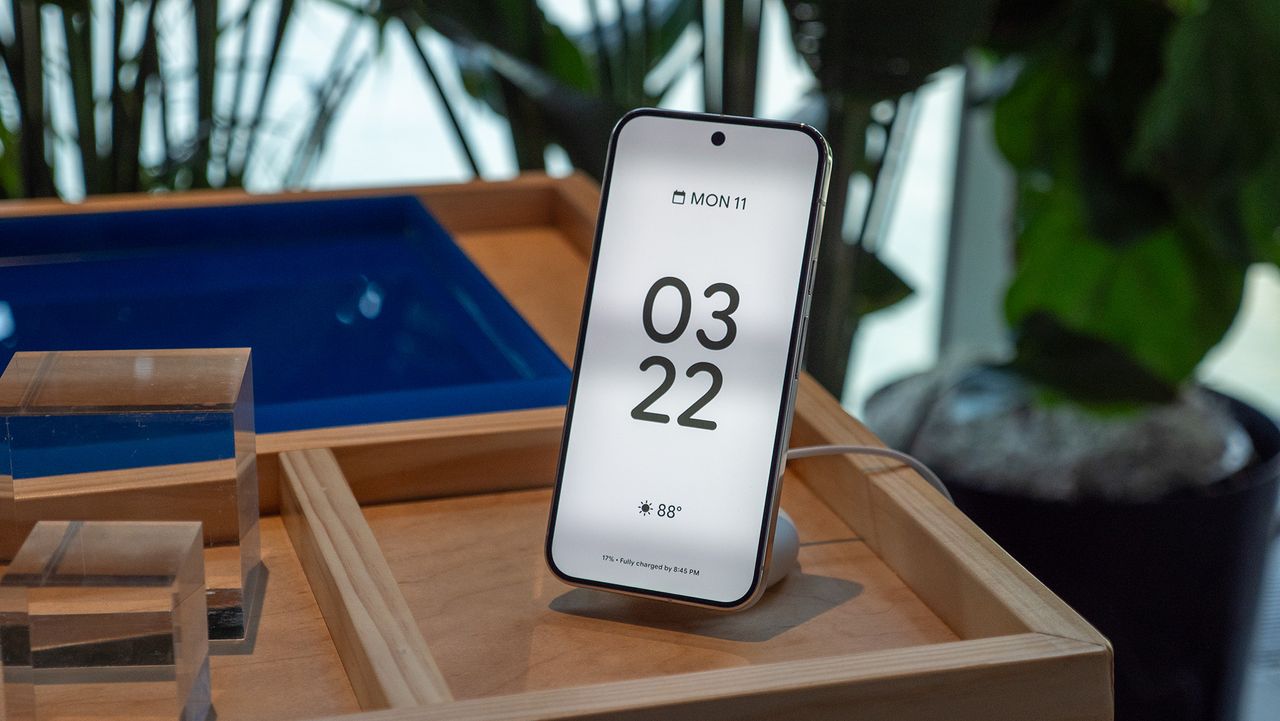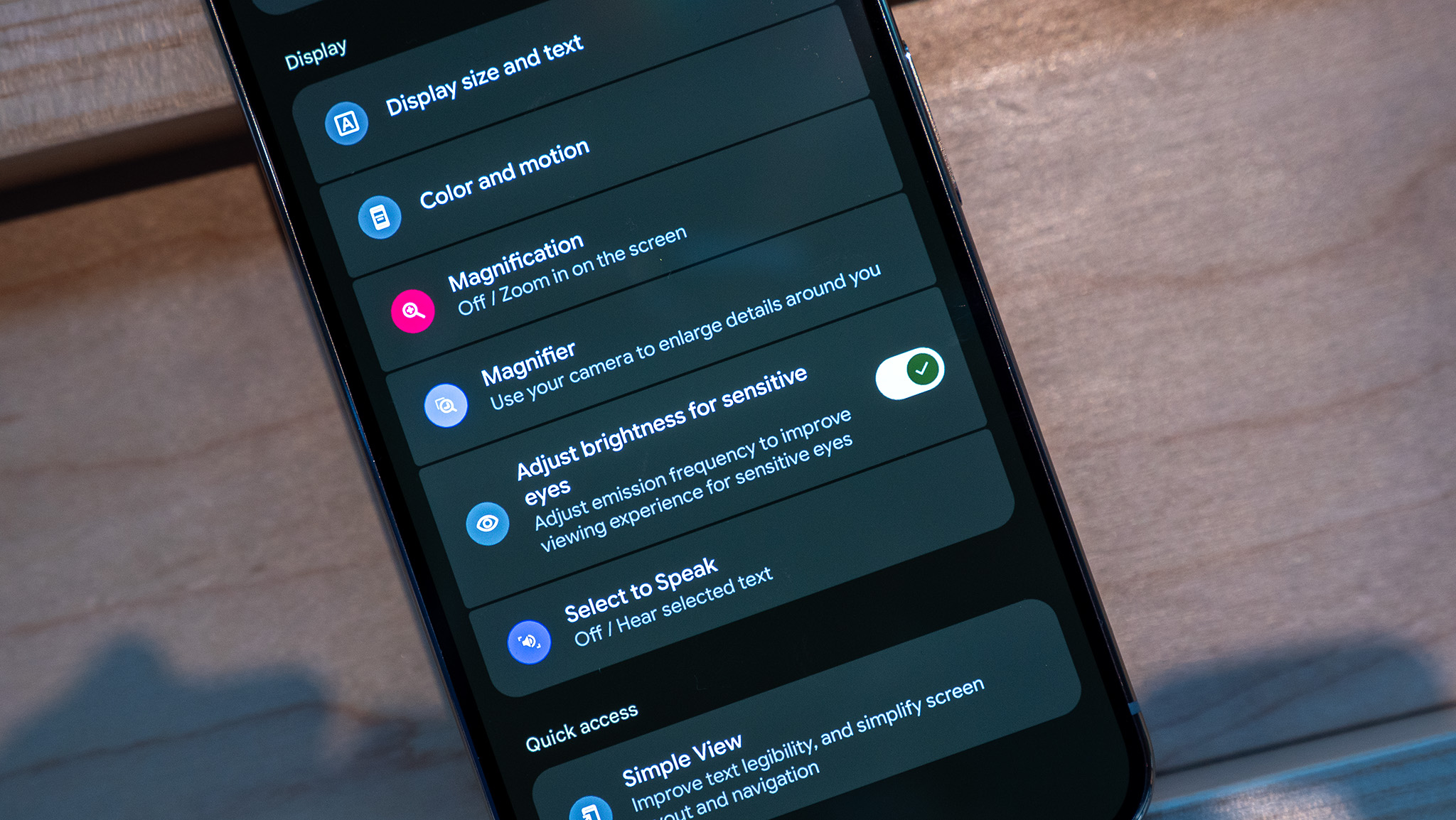
Is OLED the best type of display? Ask anyone who knows anything about tech, and the answer you'll probably get is "yes," but a growing number of users resoundingly say "no."
That's because phones like the Google Pixel 9 use displays that rapidly flicker on and off at a rate most people's eyes can't see, but our brains can definitely feel. It's known as PWM dimming, and while some companies have been working on solutions, Samsung and Google phones haven't seen any real improvements in years. That starts to change with the Pixel 10 Pro series.
A new accessibility setting called "Adjust brightness for sensitive eyes" at least doubles the PWM rate of the Pixel 10 Pro family's displays. We saw this leak a few months back and it's great to see that Google is working on a potential solution for flicker-sensitive users.
While I haven't had the chance to do in-depth testing on this new feature just yet, I was able to see it in action during my Google Pixel 10 hands-on. As far as I can tell, enabling this feature ramps up the PWM rate to 480Hz, something Samsung did with the Galaxy S24 family.
The new feature is only available on the Google Pixel 10 Pro and Google Pixel 10 Pro XL. The Pixel 10 Pro Fold features the setting only for the inner display, which makes sense since the outer display is more or less the same one on the base Pixel 10, and that phone doesn't support the new "sensitive eyes" feature, either.

If you've been following along with our coverage over the past few years, you may already know that 480Hz is still not fast enough to solve the problem, according to research on the matter. Phones like the OnePlus 13 use 2160Hz PWM only at low brightness, while the Honor Magic 7 Pro ramps that up to 4320Hz.
I'm not ready to give a comfort rating verdict on Google's new display accessibility option just yet, but I do want to celebrate the victory of at least getting this important setting changed. Flicker sensitivity has been on the rise as LEDs and related LED technology have proliferated in modern society, especially since many companies don't follow basic IEEE standards for flicker protection established in 2015.
No matter the verdict, though, this is a true victory for users looking for hope of relief in the future. Companies like Google are listening, and that's a big deal for anyone affected.







